Introducing Capt. William Toney
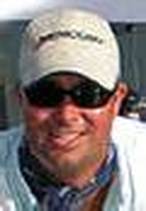
Well - we were missing three of our usual members this evening but are happy to report that we had three new guests that filled their seats, so "Welcome" to Janie, Sondra and Lynn from the Inglis / Yankeetown Lions Club. We hope they enjoyed the meeting enough to want to join in and return for the remainder of the year. This new Lady Anglers club has been honestly very blessed to have some of the most outstanding names in Nature Coast fishing arena as guest speakers at our monthly meetings and teach us some basic information and a few tips and tricks about whatever topic they chose. For our May 6th meeting, Capt. William Toney, President of the Homosassa Fishing Guides Association, took time out of his busy week to hang out a while and educate us on our first target species of 2014, the Spotted Seatrout, his self-proclaimed "bread-and-butter". We were all so excited and eager to hear what he had to say. Her certainly exceeded our expectations.
The general conversation that developed while Capt. Toney was setting up revolved around a local television show that he was involved in which began as "Fishing with Ted & Russ" and evolved into Nature Coast Outdoors. He took a few minutes to explain how the show came to be and why it's on a temporary hiatus at the moment. His formal self-introduction went a little something like this:
He is from old Homosassa, a fourth generation native Floridian and fishing guide www.homosassainshorefishing.com . His fishing roots stretch all the way back to his great grandfather and over the years he's worked on commercial vessels, crab boats and has pretty much been on the water his entire life. He talked a little about his 23' custom build Tremblay flats boat and although he has a nice Mercury motor on it, he prefers to get around the old fashioned Florida way, by pushing a pole. He says there's just no better way to stealth fish.
He is from old Homosassa, a fourth generation native Floridian and fishing guide www.homosassainshorefishing.com . His fishing roots stretch all the way back to his great grandfather and over the years he's worked on commercial vessels, crab boats and has pretty much been on the water his entire life. He talked a little about his 23' custom build Tremblay flats boat and although he has a nice Mercury motor on it, he prefers to get around the old fashioned Florida way, by pushing a pole. He says there's just no better way to stealth fish.

We listened as he recounted one of his most memorable trout experiences. He and his father were fishing up in Keaton Beach, (see map below) later one evening and in shallow water. They were using MirrOlure Top Dogs and he ended up boating his biggest seatrout ever at 33 inches and weighing in at 9.5 lbs, which is a big accomplishment. His father used the same lure and caught a 29 inch trout less than 15 minutes later. It was great story to retell and a perfect way to start off our meeting.

From there, he went right into the topic of discussion for the evening, Spotted Seatrout. Everyone received a 4-page Sea Stats info sheet, courtesy of the FWC, that included more of the research and scientific species information but Capt. Toney was there to teach us the hands-on knowledge that we needed to catch them. He shared with us some of those tips and tricks that he's learned over the years to help us when we're targeting trout.
For those of us who know very little about this fish, he laid a foundation to build on. Seatrout (which aren't actually in the trout family at all, oddly enough) are one of the most prevalent species on the Nature Coast of Florida. They can easily be caught from bay boats, flats boats and kayaks. Everybody enjoys catching trout, they're sporty, fun to catch and good eatin'. They're actually in the drum family and cousins to the red and black drum. They grow an average of about 1 inch each month so they reach "keeper size" (15-20 inches) pretty quickly which is why there is such a liberal allowance on keeping 5 per angler per day. Farther south, closer to the Tampa Bay area, they don't grow quite as fast so that regional limit is lowered to 4 per angler per day. The larger trout (over 22 inches and/or weighing approximately 6 or more lbs) are called 'gator trout'. They're usually females carrying roe and ethical anglers will release them. Different regional environmental conditions have a large part to play in the growth of trout. It seems those larger sized fish are reported in such areas as Banana River, Indian River, Mosquito Lagoon and other East Coast areas where there is access to the Atlantic sea water. In fact, the world record Spotted Seatrout was caught in Indian River and weighted 18.5 lbs. Capt. Toney suggested that if you really want to delve into all there is to know about Spotted Seatrout, pick up a book published by Florida Sportsman that is full of interesting information.
For those of us who know very little about this fish, he laid a foundation to build on. Seatrout (which aren't actually in the trout family at all, oddly enough) are one of the most prevalent species on the Nature Coast of Florida. They can easily be caught from bay boats, flats boats and kayaks. Everybody enjoys catching trout, they're sporty, fun to catch and good eatin'. They're actually in the drum family and cousins to the red and black drum. They grow an average of about 1 inch each month so they reach "keeper size" (15-20 inches) pretty quickly which is why there is such a liberal allowance on keeping 5 per angler per day. Farther south, closer to the Tampa Bay area, they don't grow quite as fast so that regional limit is lowered to 4 per angler per day. The larger trout (over 22 inches and/or weighing approximately 6 or more lbs) are called 'gator trout'. They're usually females carrying roe and ethical anglers will release them. Different regional environmental conditions have a large part to play in the growth of trout. It seems those larger sized fish are reported in such areas as Banana River, Indian River, Mosquito Lagoon and other East Coast areas where there is access to the Atlantic sea water. In fact, the world record Spotted Seatrout was caught in Indian River and weighted 18.5 lbs. Capt. Toney suggested that if you really want to delve into all there is to know about Spotted Seatrout, pick up a book published by Florida Sportsman that is full of interesting information.
Equipment: Rods / Reels / Line
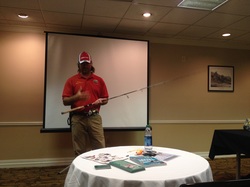
In order to catch trout, you need the right equipment. Capt. Toney told us that a 7.5 ft. rod is really the best choice for this type of inshore fishing because the extra length and flexibility at the tip will help extend the length of a cast. A longer cast means more water can be covered during the retrieval process. He said that anyone can pick up a very reliable rod for approximately $100 but anything less than that will need to be replaced sooner. He recommended a Star rod that is designed for 6-14 lb line. The fishing line recommendation is always stamped on a rod somewhere so look for that stamp when shopping for a rod and learn what all of the information means that is stamped on that rod. He also emphasized the importance of using the hook keeper device (pictured below) that comes on every rod. This hook keeper is specifically designed for storing your hook when the rod isn't in use. You should never use the rod eyes/guides for hook storage, even on a temporary basis. A lot of damage can be done to the ring that way.
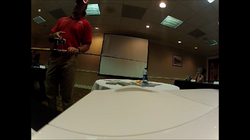
So now that we have our rod picked out, the Capt. gave us some advice about choosing a reel. He recommends using a Shimano Sahara saltwater reel. We were a bit surprised, but probably shouldn't have been, to learn that most spinning reels are designed for fresh water. They are used for saltwater fishing but won't last as long as a saltwater reel. A saltwater reel has a seal inside that protect the gears and mechanisms from salt water and such seeping in there and doing its damage. This is especially important to kayak anglers because the rods and reels are much closer to the salt water and every paddle stroke, wave or thrash of a fish's tail can splash saltwater on a reel. For this reason, he told us to always rinse our gear with fresh water when we get home. We need to get as much of that salt residue off as soon as possible to minimize any chance of corrosion. He also thinks it's a good idea to oil the reels occasionally. These things will wear out eventually but do your best to keep them in good working condition for as long as possible. He said that Walmart sells a product called Reel Magic that is inexpensive but works well as a reel conditioner. One thing he did warn us against, though, is buying a reel that has an anti-reverse switch on it. This switch allows an angler to 'reel backward' and is used a lot by the northern fishermen but isn't really necessary down here. In fact, he said, it's just one more thing that can, and often does, break. Once that switch stops working, you'll either have to have it repaired or replaced so it's best just to buy a reel without this switch. There just isn't a need for it.
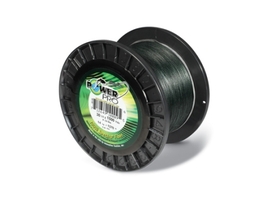
Okay - We have a rod now, with a saltwater reel. Next is spooling fishing line on it. Capt. Toney taught us to first spool the reel with about 50 feet of 10-12 lb test monofilament fishing line. From there he told us to use a surgeons' knot to connect the monofilament to the actual fishing line. Although some folks still like to use monofilament as their fishing line, braided fishing line is pretty much the standard these days. He recommends Power Pro because, compared to other brands, you get more line for your money. However, there are advantages and disadvantages to both.
Monofilament Advantages:
Cheaper
Easier to tie knots
Monofilament Disadvantages:
After a while, the line holds a permanent 'curl' when it's off of the spool
It is more likely to deteriorate from direct sunlight "sun rot"
Braid Advantages:
It does not stretch
It lasts longer
You can put more of it on a reel because it's thinner than monofilament
Braid Disadvantages:
It gets into knots easier
It's more expensive
The colors fade quickly
He also mentioned that some of the local tackle shops will spool the fishing line on your reel for free if you purchase the line from them. That's always an option if you don't feel confident enough to do it yourself.
Once the monofilament back line and mono or braided fishing line has been spooled onto the reel, there's one more small line connection that needs to be made before adding a hook and lure. An 18 - 24 inch length of fluorocarbon leader line is an absolute necessity if you want to increase your odds of catching a nice trout, or any other fish for that matter. The fluorocarbon leader serves several purposes. The biggest and most important characteristic of fluorocarbon leader is the fact that it is almost 100% invisible under the water so your bait doesn't look like it's attached to anything and the fish are less 'suspicious'. Secondly, it adds more strength to your fishing line. Stronger lines hold bigger fish. Big fish can stretch a thin leader line to the breaking point....lost fish!
In addition to all of this great advice, Capt. Toney threw in a little secret advice, too:
Berkley sells fluorocarbon fishing line (150 yards for 10:00) - best value
Berkley also sells fluorocarbon leader line (40 yards for 10:00)
There's very little difference between the two so consider that if you're on a budget.
Now we're ready to put some bait & lures on our line - that'll be posted in Part 2 so stay tuned for that.....
Monofilament Advantages:
Cheaper
Easier to tie knots
Monofilament Disadvantages:
After a while, the line holds a permanent 'curl' when it's off of the spool
It is more likely to deteriorate from direct sunlight "sun rot"
Braid Advantages:
It does not stretch
It lasts longer
You can put more of it on a reel because it's thinner than monofilament
Braid Disadvantages:
It gets into knots easier
It's more expensive
The colors fade quickly
He also mentioned that some of the local tackle shops will spool the fishing line on your reel for free if you purchase the line from them. That's always an option if you don't feel confident enough to do it yourself.
Once the monofilament back line and mono or braided fishing line has been spooled onto the reel, there's one more small line connection that needs to be made before adding a hook and lure. An 18 - 24 inch length of fluorocarbon leader line is an absolute necessity if you want to increase your odds of catching a nice trout, or any other fish for that matter. The fluorocarbon leader serves several purposes. The biggest and most important characteristic of fluorocarbon leader is the fact that it is almost 100% invisible under the water so your bait doesn't look like it's attached to anything and the fish are less 'suspicious'. Secondly, it adds more strength to your fishing line. Stronger lines hold bigger fish. Big fish can stretch a thin leader line to the breaking point....lost fish!
In addition to all of this great advice, Capt. Toney threw in a little secret advice, too:
Berkley sells fluorocarbon fishing line (150 yards for 10:00) - best value
Berkley also sells fluorocarbon leader line (40 yards for 10:00)
There's very little difference between the two so consider that if you're on a budget.
Now we're ready to put some bait & lures on our line - that'll be posted in Part 2 so stay tuned for that.....
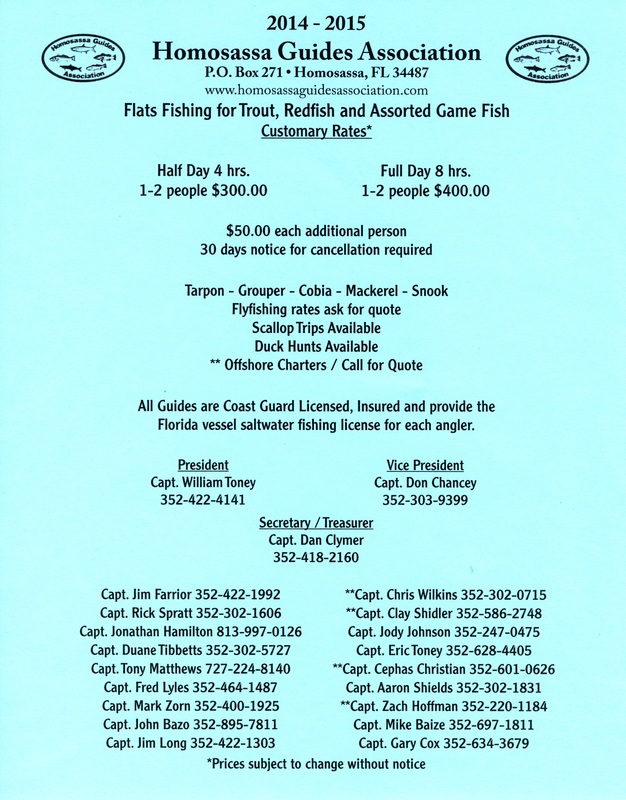
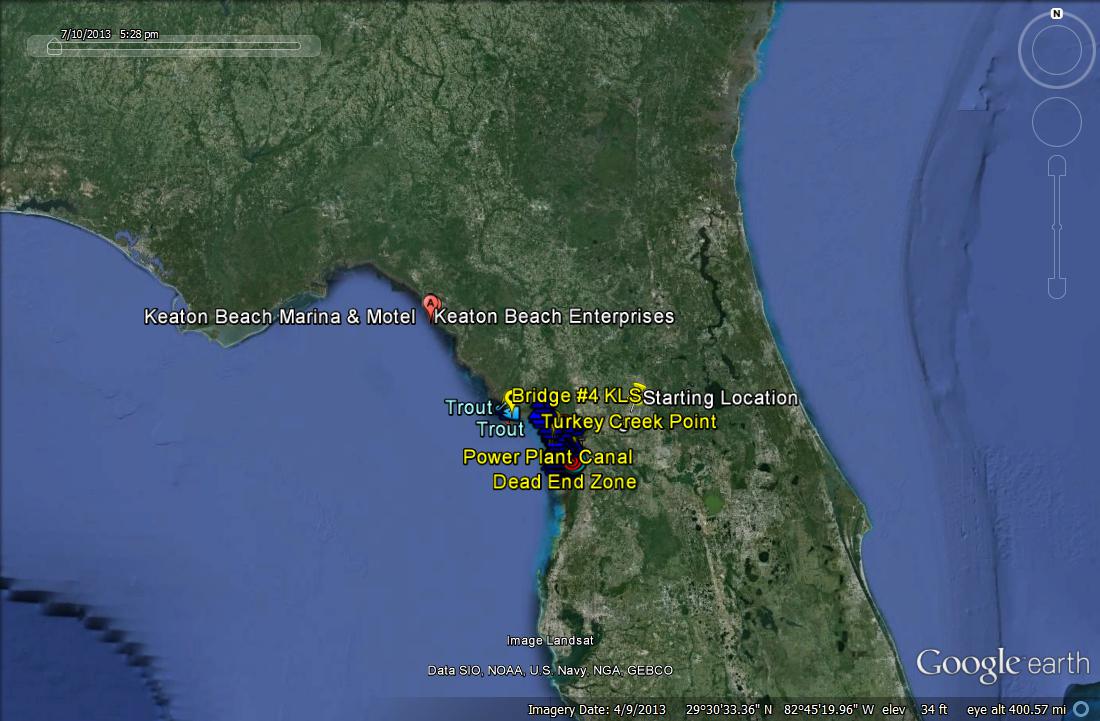
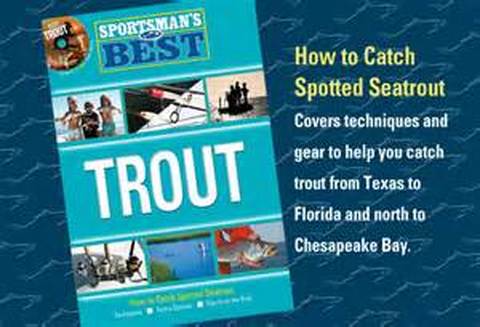
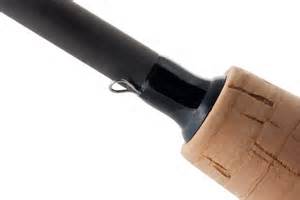
 RSS Feed
RSS Feed